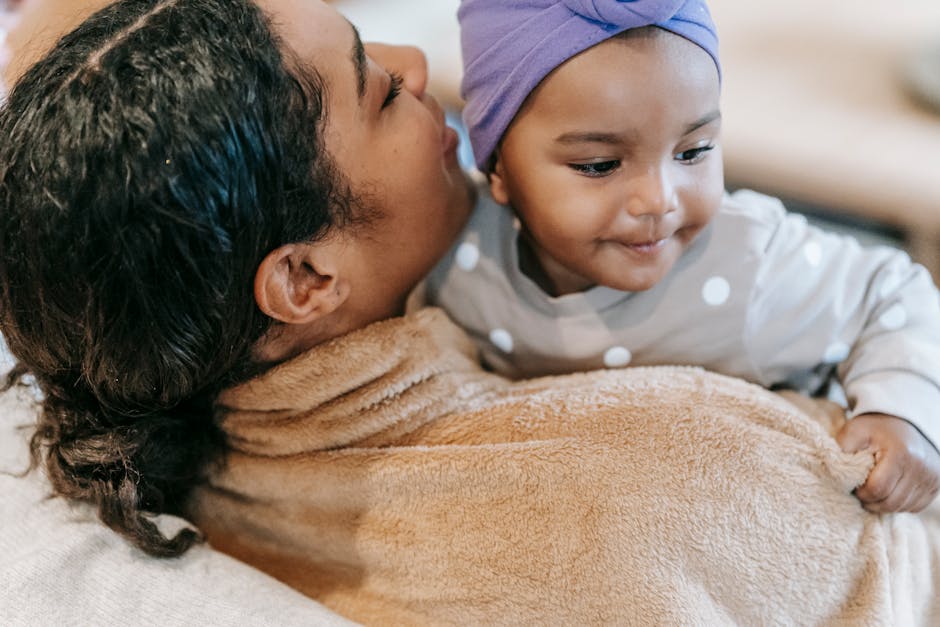
Choosing environmentally friendly baby clothing is crucial for the well-being of your little one. Such clothing is made from sustainable materials, free from harmful chemicals that can irritate your baby’s delicate skin. Additionally, opting for eco-friendly baby clothing helps reduce the environmental impact of the fashion industry. By choosing organic fabrics, you are ensuring that your baby is not exposed to potentially harmful substances. Moreover, supporting sustainable practices in the clothing industry promotes a healthier planet for future generations.
Benefits for your little one
Choosing environmentally friendly baby clothing comes with several benefits for your little one. These clothes are made from organic materials, which means they are free from harsh chemicals that can irritate your baby’s delicate skin. Organic baby clothes are also softer and more breathable, providing a comfortable and gentle feel on your baby’s skin. Additionally, organic fabrics are more durable, which means they can withstand frequent washings and wear, making them a practical choice for your little one’s wardrobe.
Eco-friendly materials in baby clothing
When selecting baby clothes, opt for materials like organic cotton, bamboo, or recycled polyester for a more environmentally friendly choice. Organic cotton is grown without harmful pesticides, making it safer for babies and the environment. Bamboo is a sustainable resource that requires less water and no pesticides to grow. Recycled polyester reduces waste by repurposing plastic bottles into clothing fibers. These materials are gentle on your little one’s skin and help reduce environmental impact.
Harmful chemicals in conventional baby clothing
Conventional baby clothing often contains harmful chemicals, like phthalates and flame retardants, which can be absorbed by your baby’s skin. These chemicals have been linked to health issues such as allergies and disruptions to the endocrine system. Organic baby clothing, on the other hand, is made from natural materials without these harmful additives, making it a safer choice for your little one’s delicate skin.
How to identify eco-friendly baby clothing
Look for certifications like GOTS or Oeko-Tex Standard 100 for baby clothes that are kinder to the environment. Organic cotton and bamboo fabrics are sustainable options that are often used in eco-friendly baby clothing. Check for labels that guarantee the clothes are free from harmful chemicals and dyes, promoting a healthier choice for your little one.
Cost considerations and affordability
It’s important to note that opting for environmentally friendly baby clothing can sometimes come with a higher price tag than conventional baby clothing. However, the long-term benefits for your little one and the environment can outweigh the initial cost. Here are some things to consider when looking at cost and affordability:
- Organic fabrics: Clothing made from organic cotton or other sustainable materials may be pricier than conventional options, but they are better for your baby’s delicate skin and the planet.
- Quality over quantity: Investing in high-quality, durable pieces that can be passed down or resold can be more cost-effective than constantly buying cheap, disposable clothes.
- Budgeting: Setting a budget and prioritizing essential items can help you make mindful choices when building your baby’s wardrobe.
- Sales and discounts: Keep an eye out for sales, promotions, and secondhand options to make eco-friendly clothing more affordable.
By considering these factors, you can make informed decisions about the cost of environmentally friendly baby clothing without compromising on your values or your little one’s comfort.
Sustainability of environmentally friendly baby clothing
Environmentally friendly baby clothing is crucial for the well-being of both your baby and the planet. Such clothing is made using practices that minimize harm to the environment and promote sustainability. When you choose environmentally friendly baby clothing, you are helping to reduce the carbon footprint associated with traditional clothing production. These clothes are often made from organic materials like cotton, bamboo, or hemp, which are grown without the use of harmful chemicals. By opting for sustainable baby clothing, you are not only providing a healthier option for your little one but also contributing to a more sustainable future for the planet.
Tips for maintaining eco-friendly baby clothes
When caring for eco-friendly baby clothes, opt for gentle detergents that are plant-based and free of harsh chemicals. Wash baby clothes in cold water to preserve their quality and reduce energy consumption. Air-dry clothing whenever possible to save energy and increase the lifespan of the garments. Consider using natural stain removers like lemon juice or baking soda for stubborn stains to avoid harsh chemicals on your baby’s clothes. Store baby clothes in a cool, dry place to prevent mold and mildew growth, extending the life of the garments.
Impact on the environment and future generations
Using environmentally friendly baby clothing has a significant impact on the environment and helps create a healthier future for the upcoming generations. By opting for eco-friendly fabrics and sustainable production methods, you are reducing the carbon footprint and minimizing the use of harmful chemicals in the manufacturing process. This choice contributes to a cleaner environment and promotes a more sustainable lifestyle for your little one and the generations to come.
Bottom line: Why it matters for your little one
Choosing environmentally friendly baby clothing matters for your little one because it reduces exposure to harmful chemicals, promotes sustainable practices for a healthier planet, and sets a positive example for future generations. Organic cotton or bamboo clothing, for instance, is pesticide-free and gentle on delicate skin, reducing the risk of allergies and skin irritations. By opting for eco-friendly clothing, you prioritize your child’s well-being and contribute to creating a cleaner, safer world for them to grow up in.


